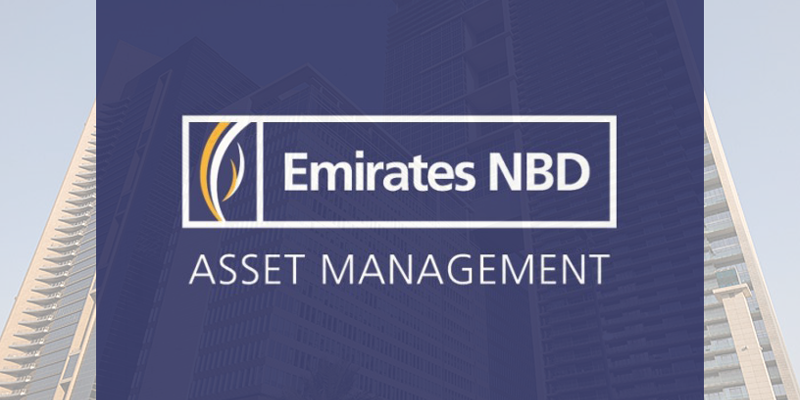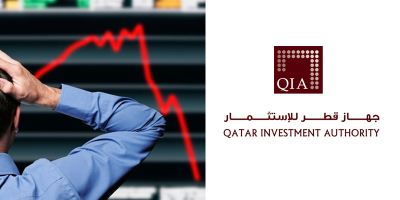[UPDATE: 30/5/17] we reviewed NAV evolution post 31 December 2016 and find that NAV at $297mn reflects the addition of IPO Gross proceeds amounting to $105mn from new shares. We have removed the footnote and updated the table in this post.
Dubai is now home to two publicly listed commercial REITs. First to go public back in April 2014 was EmiratesREIT, followed by ENBD REIT in March of 2017.
This lazy Ramadan evening we’re making a cursory comparison of the two. Little passes time faster than trawling a 412 page prospectus.
Background
Before listing ENBD REIT went through some significant changes to its investor-base (Page 52 of the IPO Prospectus). Apparently 78 investors redeemed from the fund on the 30th September and 30th October 2016. The total value of redeemed shares amounted to $216.9mn. Given the fund’s inadequate cash position, the manager had it draw on a Mudarabah facility to the tune of $111.63mn to pay out redemptions. This is what happens when you buy illiquid assets and offer investors liquidty. Additional details of the convenants of these borrowings are listed on Page 185. No prize for guessing who issued ENBD REIT the Mudarabah. Yes, the Islamic finance department of Emirates NBD (this conflict is disclosed on Page 156).
At IPO there were 383 investors in ENBD REIT, the largest being Saudi Arabian Insurer, Tawuniya holding 16.2%. The 94,594,595 new shares issued in the IPO saw around $105mn in new money enter the fund. Those involved claim the offer was oversubscribed though we haven’t come across statements saying by how much.
Snapshot Comparison
| EmiratesREIT (as of 03/17 except where stated) | ENBD REIT (as of 09/16 except where stated) | |
|---|---|---|
| Number of Properties | 9 | 7 |
| Net Leasable Area (sqft) | 1,970,000 | 872,518 |
| Product Mix
Commercial: Education: Retail: Residential: |
59% 29% 11% – |
67% – – 33% |
| WAULT | 8 yrs | 1.9 yrs |
| Occupancy | 81% | 85% (01/17) |
| Net Asset Value | $490mn | $297mn (04/27) |
| Annual Rental Income | $45.4mn | $27.1mn (estimate) |
| Gross Rental Income Yield | 9.3% | 9.1% |
| Discount to NAV | 32.5% | 6.1% |
| Management Fee | 1.5% of Gross asset value per annum | 1.5% of NAV per annum (previously 1.5% of Gross asset value), sliding to 1% if NAV is above $1bn |
| Performance Fee | 3% of increase in NAV with a high watermark | 10% of increase in NAV above 7% hurdle with a high watermark (previously 20% above a 7% hurdle with no high watermark) |
| Transaction Fee | – | 1% up to $30mn and 0.50% above (previously up to 2% of transaction value) |
| Other Fund Management Fees | – | 2% development fee upon acquisition or upgrade of a property. Up to 3% building management fee on gross contractual income per property. $75,000 director fees. |
Althought ENBD REIT data for Full Year 2016 and Q1 2017 is not yet available, we believe the above is a fair comparison of the REITS today.
Management & Performance Fees
So at last we have a REIT where management fees are charged on NAV, not Gross Asset Value as is the case with EmiratesREIT. The management fee is sliding and reduces once NAV is above $550mn and again above $1bn. Page 113 of the ENBD REIT prospectus finally shows some investor-friendly thinking at EmiratesNBD Asset Management, after a decade of overcharging. Better late than never.
The Fund Manager believes that charging the Fund Management Fee on NAV, as opposed to gross asset value as previously charged, better aligns the interests of the Fund Manager with that of the Shareholders.
We’re also rather pleased to see the performance fee has been reduced to 10% above a reasonable 7% hurdle (we would have preferred a floating hurdle, i.e. EIBOR+). ENBD REIT previously had no high watermark, they have also seen sense here and fixed it ahead of the IPO (we cannot imagine how they didn’t have a high watermark before. Did they really collect performance fees on every uptick after returning 7% ?). To think there were “professional investors” signed up to those terms.
Just as it seems ENBD REIT is cleaning up their act, things go astray. Page 114 lists several non-standard fees paid to the management company, including building management of up to 3% of rental income and a 2% development fee. Why ENBD REIT would adopt such uncoventional and subjective terms in spite of their apparent effort to create more alignment is bizarre.
Both REITs charge performance fees on unrealized gains (we’re sounding like a broken record), and neither has any claw-back mechanism should the property market fall (though at least both now have high watermarks). The final point we’d like to make on this subject is that each of the 3 directors for the fund receive $75,000 per annum for their service, all of whom are either employees, former employees or affiliated with ENBD Asset Management (we’d prefer at least a couple of truly independent directors). For the record, neither the fund managers nor directors owned a single unit in ENBD REIT.
Lease Length & Rental Income
A notable difference, other than total size, is that the WAULT (Weighted Average Unexpired Lease Term) of EmiratesREIT is far higher than that of ENBD REIT.
Page 30 of the prospectus gives the following reason,
The Fund’s weighted-average unexpired lease term (‘‘WAULT’’) is 1.9 years as at 30 September 2016. This WAULT figure is considered to be below typical international averages for similar real estate investment funds in international markets. The real estate market in Dubai is generally characterised by low WAULTs because tenants prefer to reduce their commitments to long-term liabilities by entering into shorter-term leases.
EmiratesREIT however seem to have been able to get their average up to 8yrs (possibly due to education assets). Given the today’s somewhat weak environment for Dubai real estate, we expect tenants will likely take advantage of lease expirations to lock-in lower rents. This will drive the ENBD REIT’s Gross Rental Income yield below the current 9.1%.
The following comments in the prospectus are cause for further drops in rental income, as commercial assets Al Thuraya Tower 1 and Burj Daman combined make up close to 50% of the entire END REIT portfolio.
… certain of the leases (including a number of those entered into at Al Thuraya Tower 1 and Burj Daman) have tenant break clauses pursuant to which the tenant is entitled (subject to compliance with certain conditions) to terminate the lease prior to the expiry of its term.
Conclusion
We were quite negative on EmiratesREIT in the past given its gregarious fees and the poor performance of Index Tower. With the arrival of ENBD REIT we’ve managed to find another that in aggregate doesn’t look much better, and whose portfolio is much weaker. In addition to a better quality portfolio, EmiratesREIT is better value today, having a Gross yielding portfolio of 9.3% (and rising) and trading at a more substantial 32% discount to NAV.
We’ll wait for the missing financial reports to become available to compare the two REITs in more detail, particularly their operating costs and the sustainability of their current dividends.





Saif
NAV for Emirates reit is 493MM not 763.5MM. ENBD reit is 210MM
Arkad
Thank you Saif, we’ve amended the EREIT typo and have think there may be a misstatement by ENBD REIT regarding their NAV and have added a footnote to the article.
Saif
Thank you Arkad,, yes I’ve checked ENBD reit. 192MM before their 100MM IPO .
Thank you
Arkad
We have added the $105mn IPO proceeds which gets us to the $297mn NAV